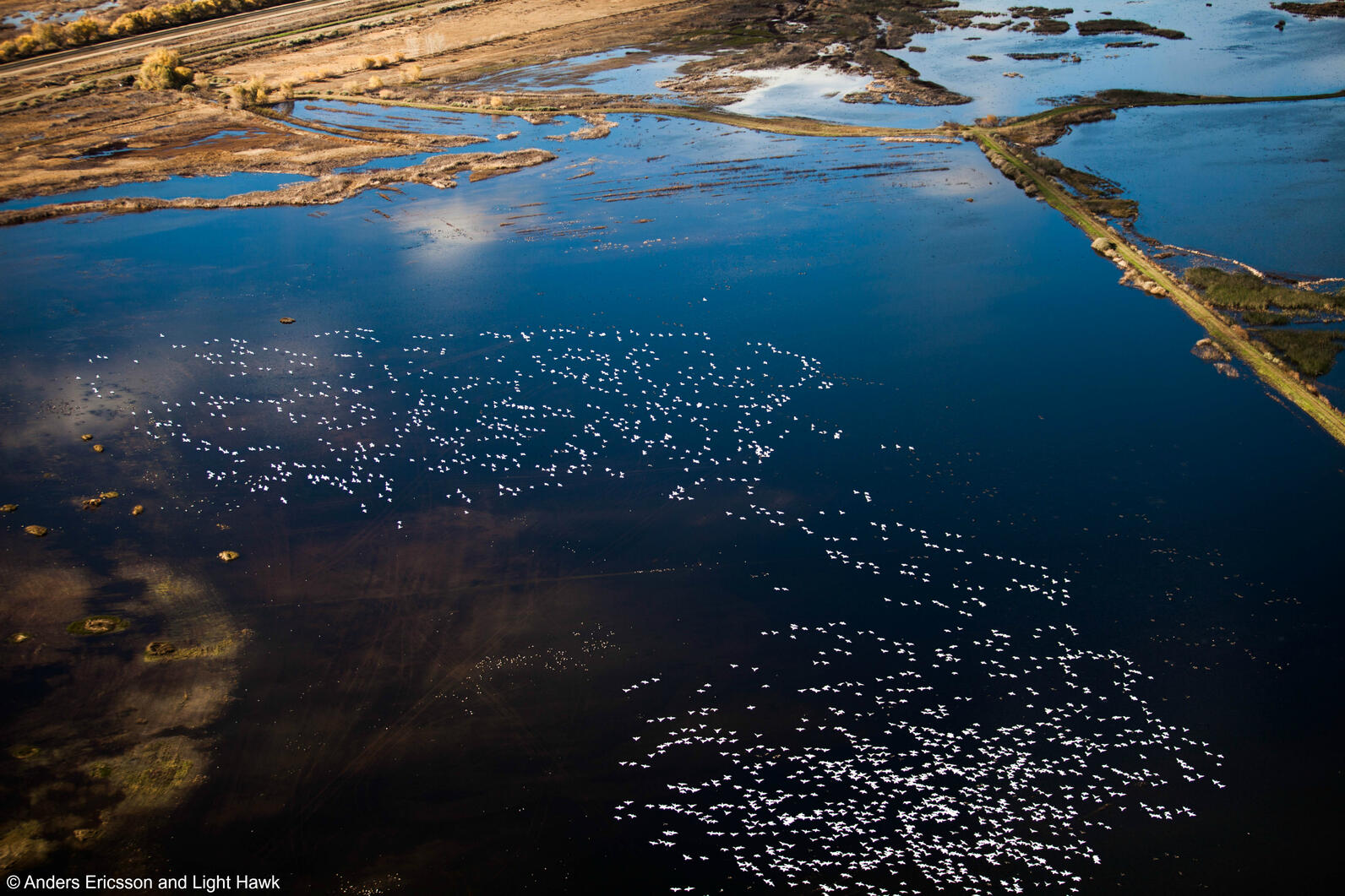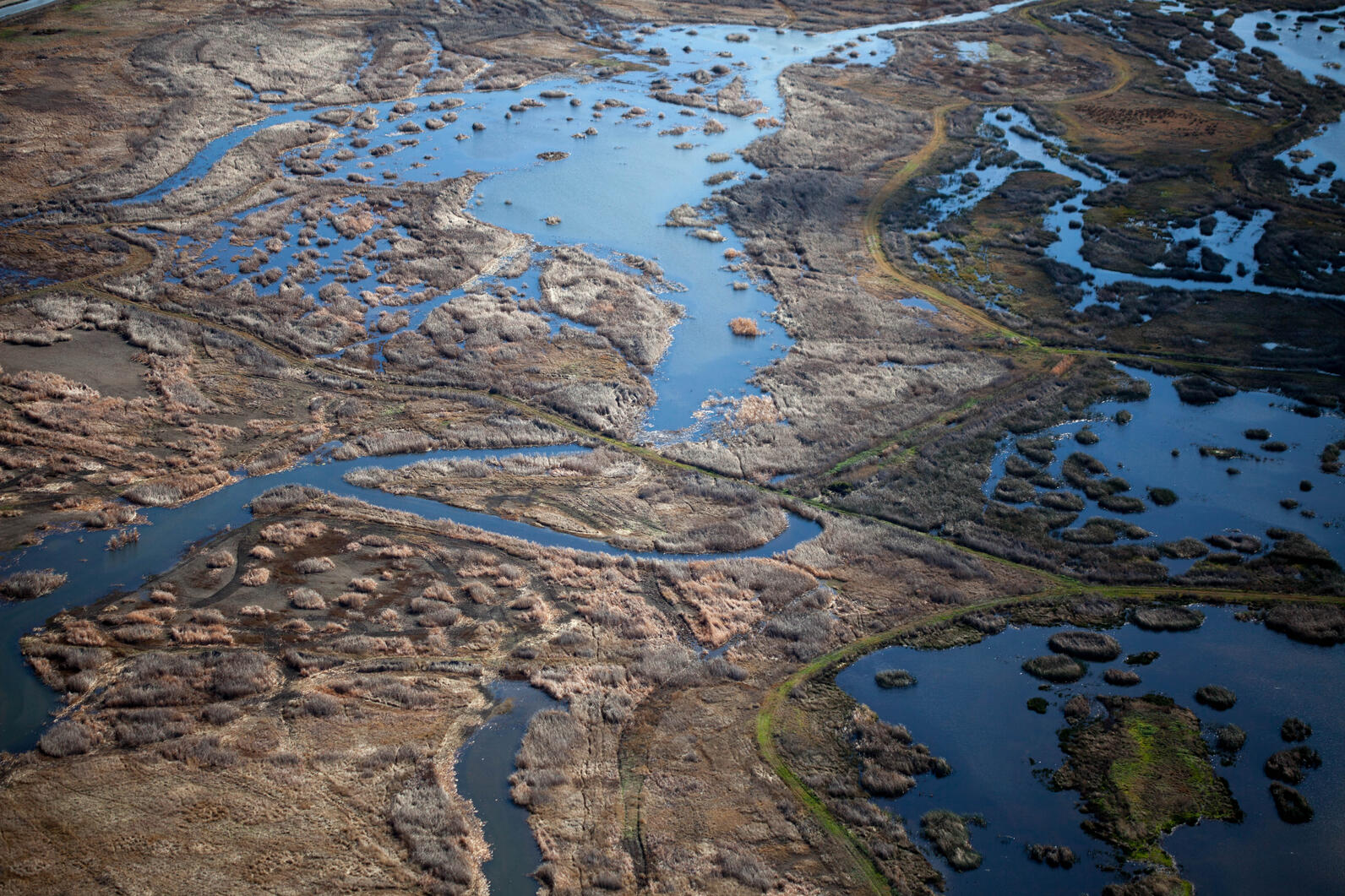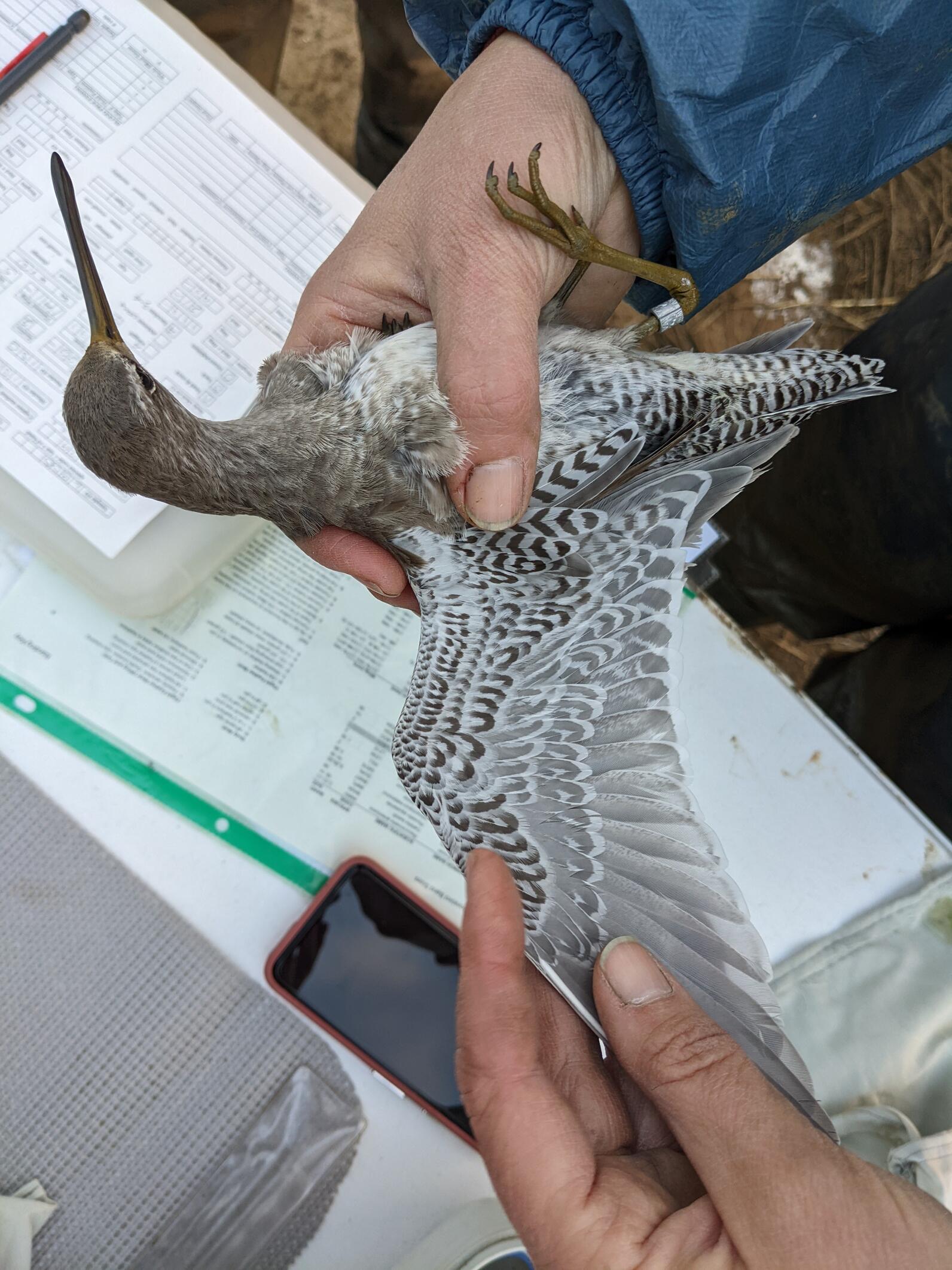Northern Pintail
Latin: Anas acuta
Water and wetlands are vital for the survival of California’s birds.
Wood Duck Photo: Harry Collins
Water is fundamental to our lives, our communities, and our economy. Water is also of vital importance to the survival of California’s birds and the habitats that support them. From our coastal estuaries to inland wetlands and waterbodies, water is the foundation of life.

That’s why Audubon California has been leading efforts to secure water when and where birds and people need it. This includes working on the policies and in the places where water matters most. We advocate for birds and drinking water for communities in five key ways:
Read more about the important work that Audubon California is doing to secure water for birds and for communities below.

Vital protections are needed for wetlands that depend on groundwater under the Sustainable Groundwater Management Act
Audubon California continues to advocate for adequate water supplies for Central Valley refuges.
Vibrant ecosystems can absorb carbon dioxide helping mitigate climate change and nitrogen cleaning the run-off from human use of the land for agriculture or development.
First-of-its-kind project restores 400 acres of tidal marsh habitat along Sonoma Creek in northern San Francisco Bay, helping withstand sea level rise and storm surges from climate change.
Audubon California is nearing the end of a massive restoration of wetland habitat in San Francisco Bay.
California is first in nation to commit to protecting 30% of our lands and waters by 2030.
Audubon California is helping secure the future of one of the state's key bird habitats.
Coalition of conservation and community groups says groundbreaking is positive step towards ending years of inaction at California’s largest lake.
One of the first ten sites in the U.S. to receive "Globally Important Bird Area" recognition.

It takes more work than you might think to measure the health of a Long-billed Dowitcher. Not only do you have to be up before dawn, sloshing through muddy rice fields to set up mist nets in the dark, but once the target birds are caught, you have to move fast. You have three minutes to draw a blood sample before stress hormone levels rise, throwing off measurements of their baseline condition.
Prior research suggests Long-billed Dowitcher and other shorebirds are under a lot of stress. According to a landmark 2019 study by the Cornell Lab of Ornithology, shorebird populations have declined steeply over the past 50 years, by more than a third since 1970. Audubon is working with Point Blue Conservation Science and The Nature Conservancy, as part of the Migratory Bird Conservation Partnership to study the impact of years of drought on migratory shorebirds in the Central Valley.
The Central Valley is an ideal place to monitor shorebird populations. This 600-mile-long cleft through California’s center acts as a funnel for a wide range of birds migrating along the Pacific Flyway, including millions of waterfowl and hundreds of thousands of shorebirds, many of which spend the winter in the valley’s temperate climate. This year’s heavy rains notwithstanding, the region has also been hard hit by recent drought, shrinking wetlands at vital wildlife refuges and on private lands. While we don’t know exactly how hard the drought has been on shorebirds, we do know that shorebirds face habitat deficits even in non-drought years, especially in fall and spring, when rice fields and wetlands are largely dry. Audubon works as part of the Migratory Bird Conservation Partnership and many other partners, including the California Department of Fish and Wildlife and the California Rice Commission, to fill this habitat gap facing shorebirds.
While there’s no workaround for predawn hours and muddy slogs through flooded rice fields, newer technology allows us to tag these shorebirds with tiny trackers that communicate with the North American Motus Wildlife Tracking System, a network of receiving towers that get their name from the Latin word for “motion.” This is the same technology that powers Audubon’s Bird Migration Explorer, and it allows us to track where shorebirds are finding habitat… and where they’re not. Another vital piece to understanding drought affects shorebirds is to learn how the birds use existing protected lands at state wildlife areas. In coordination with California Department of Fish and Wildlife staff at state wildlife areas, we are conducting monthly shorebird surveys to understand the contribution of these protected areas to shorebird habitat use.
The study is funded by the California Department of Fish and Wildlife.
Our newsletter is fun way to get our latest stories and important conservation updates from across the state.
Help secure the future for birds at risk from climate change, habitat loss and other threats. Your support will power our science, education, advocacy and on-the-ground conservation efforts.
California is a global biodiversity hotspots, with one of the greatest concentrations of living species on Earth.